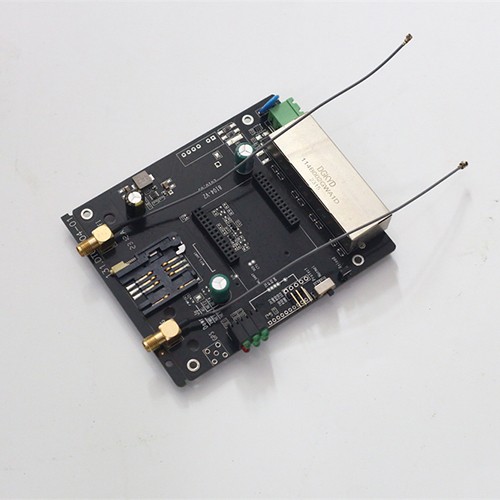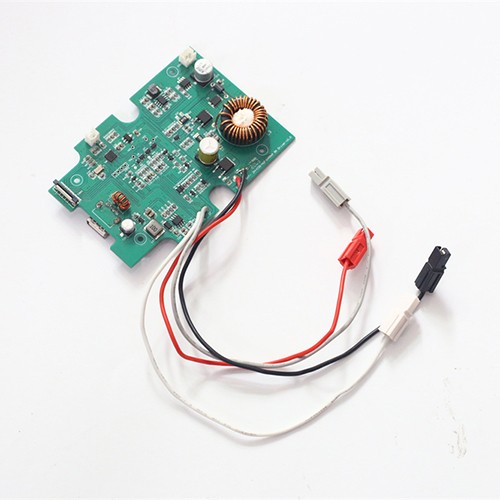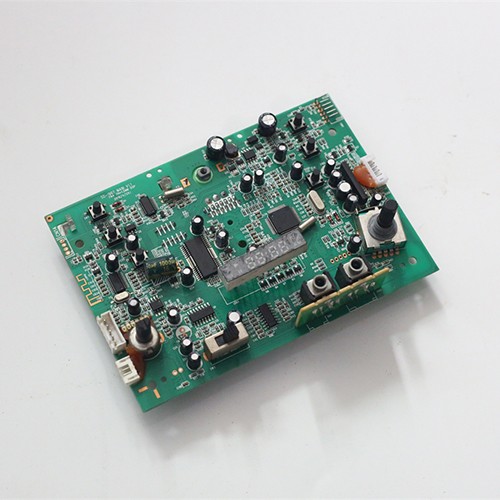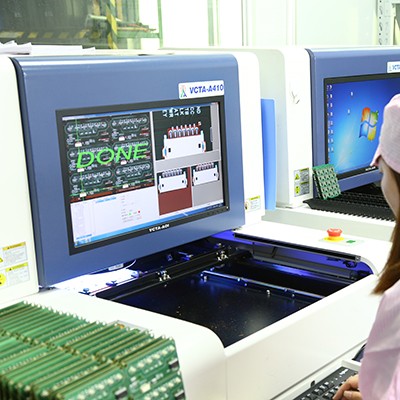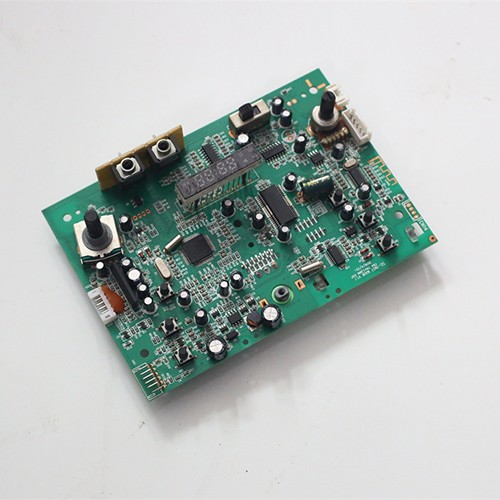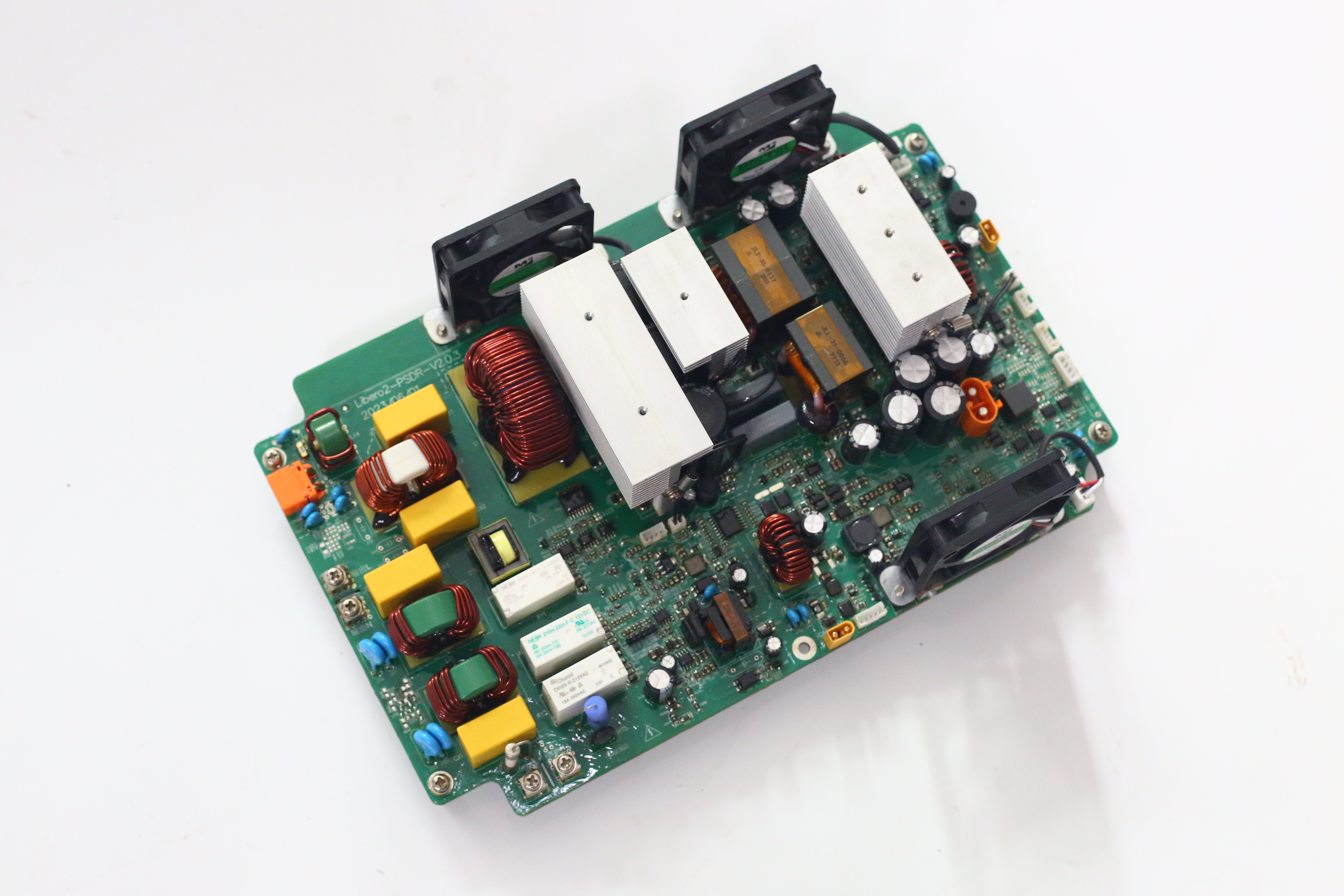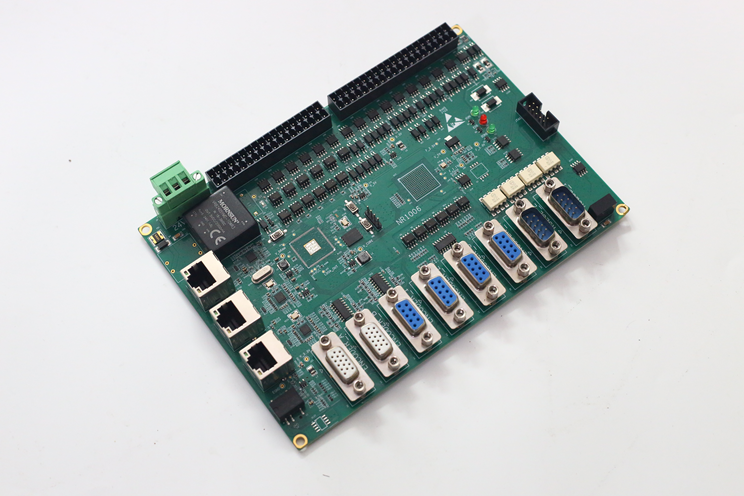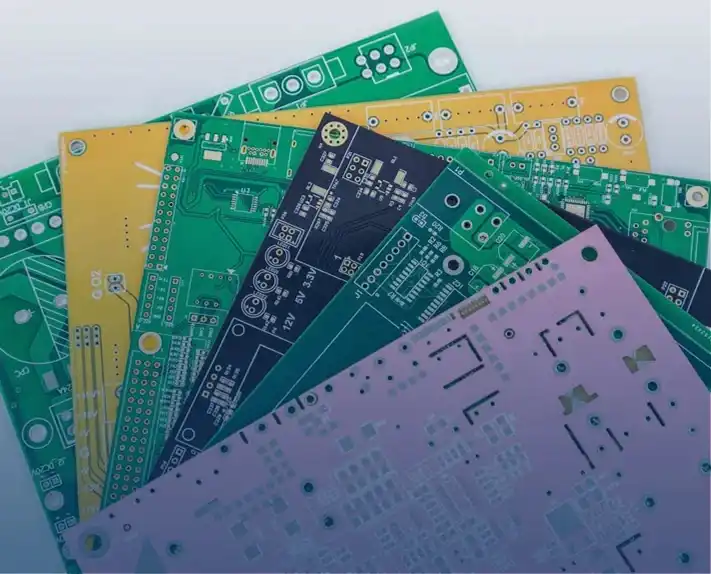The prospects of the PCBA (Printed Circuit Board Assembly) industry in the world are very promising. With the popularization of electronic products and the continuous advancement of technology around the world, the PCBA market continues to grow. Here are some important factors that affect the prospects of the global PCBA industry:
1. Technological progress
5G and Internet of Things (IoT): With the promotion of 5G networks and the popularization of IoT devices, the demand for high-performance PCBA has increased significantly. These devices require smaller and more precise circuit board assembly, which has promoted the development of PCBA technology.
Automation and intelligent manufacturing: With the automation upgrade of production processes, PCBA manufacturing has become more efficient and precise. AI technology and machine learning are also being introduced into production and quality control, improving productivity.
2. Growth of consumer electronics
Smartphones, laptops and wearable devices: The demand for PCBA in these consumer electronic devices has been the main driving force. As people's demand for high performance, thin and light design and smart functions increases, the application scope of PCBA continues to expand.
Automotive electronics: With the development of new energy vehicles, autonomous driving and car networking technologies, the demand for electronic components in the automotive industry has increased significantly, which also brings huge growth potential to the PCBA market.
3. Global supply chain and manufacturing
The rise of low-cost manufacturing regions: China, India, Southeast Asia and other regions have become the main bases for global PCBA production. China, in particular, dominates the production of PCBA and has attracted a large number of global customers with its mature supply chain and technical capabilities.
Supply chain diversification: Affected by changes in the global political and economic environment and the epidemic, many companies have begun to reconsider the risk management of the supply chain and promote the diversification of production bases, which provides opportunities for PCBA manufacturers in other regions.
4. Environmental protection and sustainability
Environmental regulations and sustainable development have gradually become key factors in the industry. Manufacturers need to adopt more environmentally friendly materials and methods in the production process, such as lead-free soldering technology and environmentally friendly packaging solutions. As the demand for green manufacturing increases, the PCBA industry also needs to adapt to these new changes.
5. Market competition and mergers and acquisitions
Due to the high technical threshold of the PCBA industry and the relatively mature industrial chain, large companies often expand their market share through acquisitions and mergers to form stronger competitiveness. At the same time, emerging markets and small companies may also gain competitive advantages through technological innovation or focus on niche markets.
Summary:
The global PCBA industry will continue to benefit from the growth in demand for electronic products, the expansion of new technology applications and the improvement of manufacturing technology in the future. Especially driven by high-tech fields (such as 5G, AI, automotive electronics, etc.), the market prospects of the PCBA industry are very optimistic, but it is also accompanied by challenges such as technological upgrades, environmental pressures and global supply chain fluctuations.


